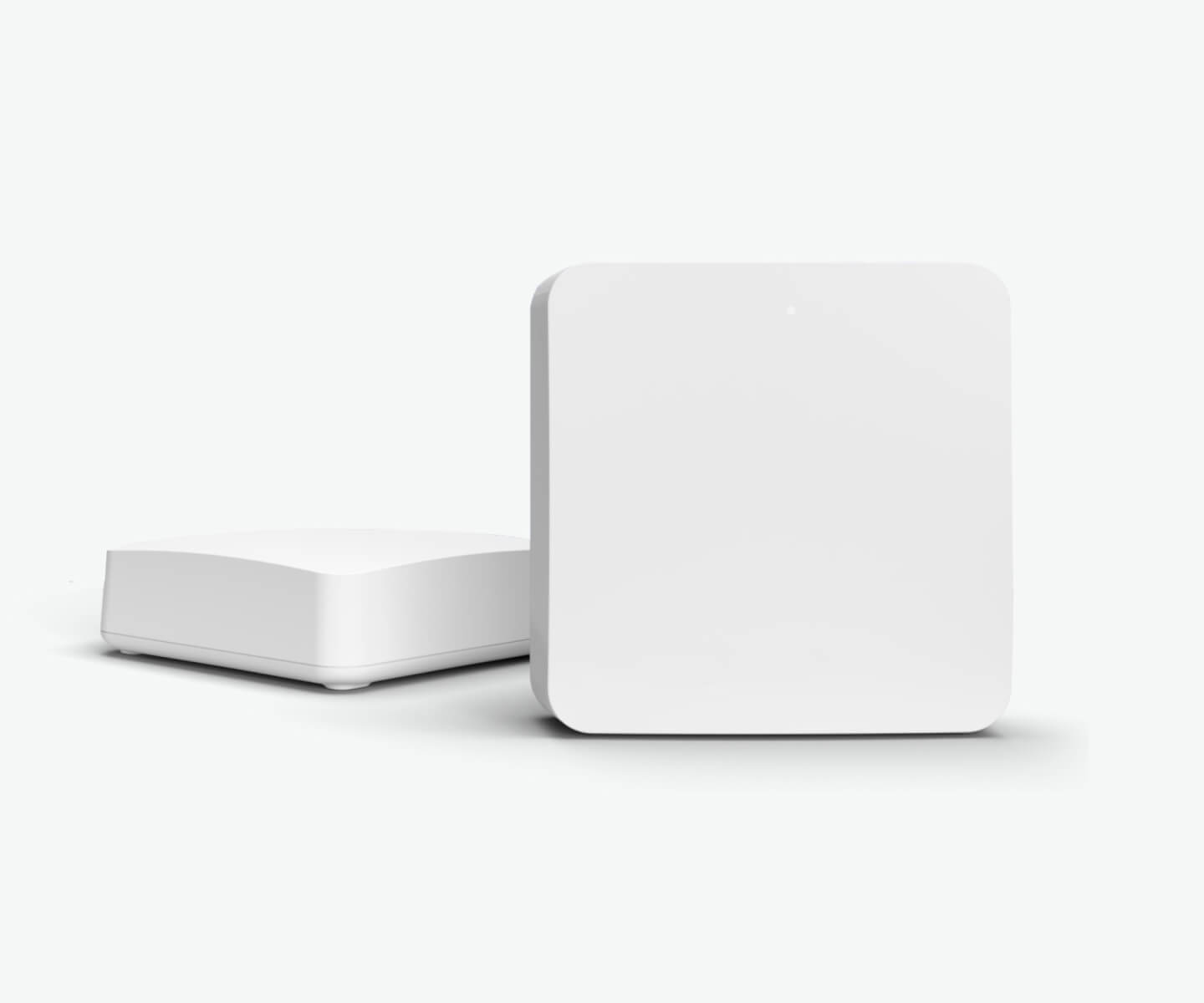2.4 GHz and 5 GHz are two different frequency bands used for wireless communication in Wi-Fi networks. Each of these frequency bands has its own advantages and disadvantages, affecting factors like range, speed, and interference. Here’s a breakdown of the key differences between 2.4 GHz and 5 GHz networks:
2.4 GHz Network:
Range: 2.4 GHz signals have a longer range compared to 5 GHz signals. This means they can penetrate walls and other obstacles more effectively, making them suitable for larger spaces or areas with many obstacles.
Interference: The 2.4 GHz frequency band is more crowded because many devices, such as cordless phones, microwaves, and Bluetooth devices, also operate on this band. This can lead to more interference and slower speeds in environments with many competing devices.
Speed: 2.4 GHz networks generally offer slower maximum speeds compared to 5 GHz networks due to the higher interference levels and the narrower channel width available.
Channel Overlap: There are fewer non-overlapping channels in the 2.4 GHz band, which can contribute to interference issues when multiple networks are in close proximity.
5 GHz Network:
Speed: 5 GHz networks offer higher maximum speeds compared to 2.4 GHz networks. This is because the 5 GHz band has wider channel widths available for data transmission.
Interference: The 5 GHz band is less crowded, as it has fewer devices using it compared to the 2.4 GHz band. This can lead to less interference and more consistent speeds, especially in areas with a high density of devices.
Range: 5 GHz signals have a shorter range and are more affected by obstacles like walls. This makes them more suitable for smaller spaces and areas with fewer obstacles.
Channel Availability: The 5 GHz band has more available non-overlapping channels, which can help reduce interference and provide better performance in environments with multiple networks.
In summary, the choice between a 2.4 GHz and a 5 GHz network depends on your specific needs and the environment in which you’re setting up the network:
Choose 2.4 GHz: If you need a network with longer range and better penetration through obstacles, and if you’re in an area with a lot of wireless interference from other devices.
Choose 5 GHz: If you prioritize higher speeds, have fewer devices in the area operating on the same band, and can accommodate the shorter range and reduced obstacle-penetration capabilities.
Many modern routers are dual-band, meaning they can operate on both 2.4 GHz and 5 GHz frequencies, allowing you to choose the appropriate band based on your needs and the devices you’re using.
